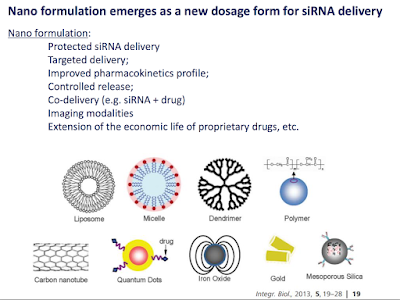Week 9 | Space + Art
 |
|
Space photography image of cosmos
|
With
our class coming to an end, this week we examine the relationship between space
and art. Fittingly, space exploration represents an amalgamation of the
concepts we have considered thus far. The advances in science that allow us to
study space rely on the principles of math, robotics, biotechnology, medical technology
and nanotechnology. As we learn throughout this course, new
advances in science spur artistic innovation, and vice versa. Art and science
exist symbiotically. Often, artists find new mediums or muses in science. For instance,
space photography is an art form that emerged from new technologies.
Furthermore, as we continue to turn science fiction into
reality, we are forced to consider our place in our galaxy which is one of
many. Carl Sagan's video "Pale Blue Dot" provides a perspective of how small we are and allows viewers to ponder the meaning of life.
Similarly, Charles and Ray Eames’ “The Powers of Ten” highlights the importance of scale, showing
the size of an atom in comparison to the whole universe. Visualizing and comprehending the enormity and complexity of space is equivalent to visualizing the minute nature of nanotechnology. Finally, Arthur Woods, who created the Cosmic Dancer--considered the first art piece in space--is currently working on his project Greater Earth (a space art intervention) with the tagline “A New Perception of our Earth”. The works of these artists guide our understanding of these new boundaries as we cross them. This is similar to bioartists whose works give us perspective on patenting genetic material or creating transgenic animals.
 |
Woods' Cosmic Dance on the Mir space station
|
Space is so ingrained in our culture that I overlooked
its origins in popular culture and its influence in shaping our education
system. The Space Race, which began
after the launching of Sputnik in 1957, led to increased federal interest in
science, which meant greater emphasis on math and science in schools. (Vesna) It
represented a fundamental shift in our education paradigm. Interestingly, C.P. Snow's famous “Two
Cultures” lecture was given just two years later in 1959. More so, one scholar suggests the Eames’ were
influenced by Snow’s “Two Cutures”; they wanted “The Powers of Ten” to bridge the "literature-science gap". ( Schuldenfrei)
 |
| Screenshot from "The Power of Ten" |
Space is the new frontier. As commercialized
flights and a giant elevator to space—even living inhabiting space—becomes a
reality, artists like Sagan and the Eames are ever more important in helping us
make sense of our changing world.
References
"A New Perception of Our Planet." GreaterEarth. N.p., n.d. Web. 31 May 2017. <http://greater.earth/>.
"Gallery: The art and science of space photography." Ideas.ted.com. N.p., 19 Nov. 2015. Web. 31 May 2017. <http://ideas.ted.com/gallery-the-art-and-science-of-space-photography/>.
Lagowski, J. J. "Two cultures: The paradox continues." Journal of Chemical Education 64.3 (1987): 193. Web.
"POWERS OF TEN AND THE RELATIVE SIZE OF THINGS IN THE
UNIVERSE." Eames Office. N.p., 15 Sept. 2016. Web. 04 June 2017.
<http://www.eamesoffice.com/the-work/powers-of-ten/>.
Uconlineprogram. "Space Art | Lecture Pt. 3." YouTube. YouTube, 29 July 2013. Web. 31 May 2017.


Comments
Post a Comment